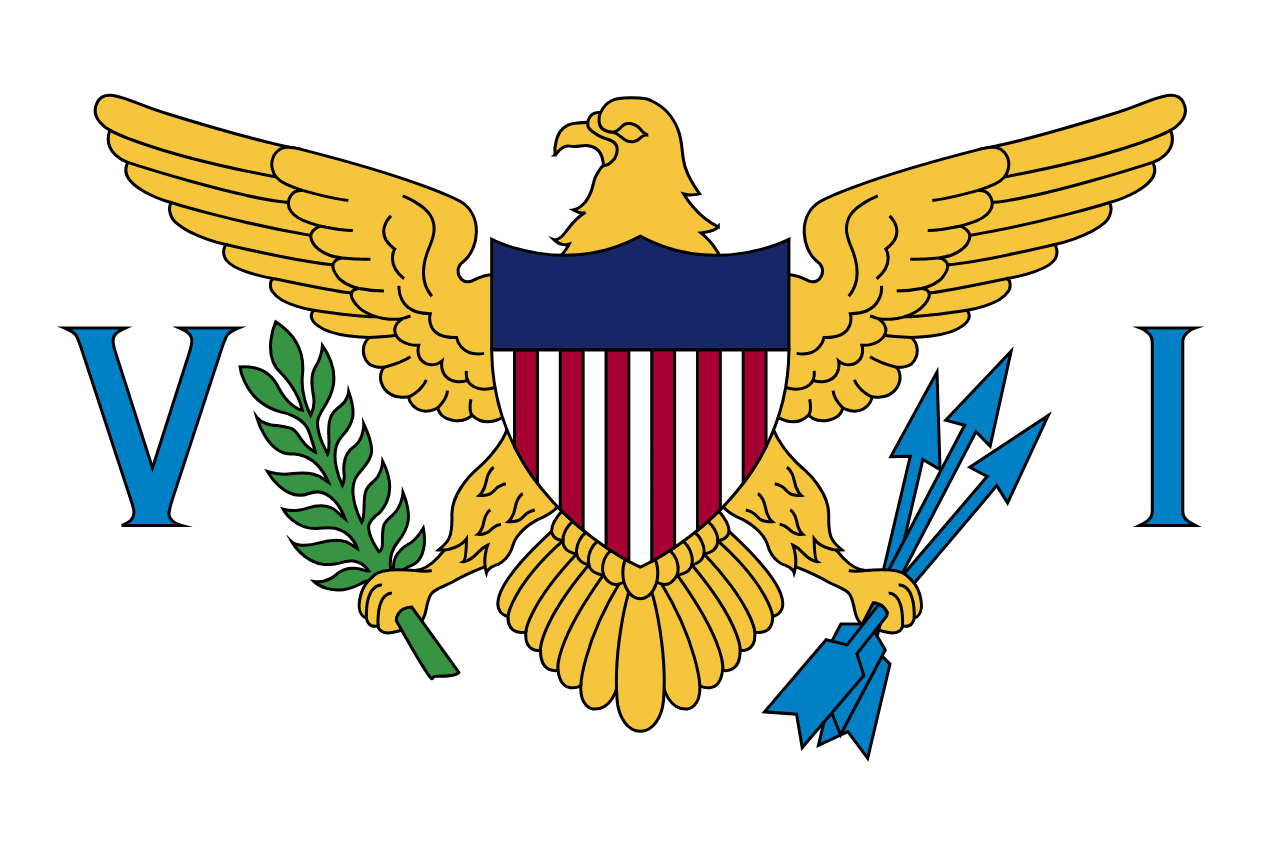The flag of Vatican City, also known as the Papal Flag, is a striking emblem that represents the world's smallest sovereign state. It consists of two vertical bands of equal width: yellow (hoist side) and white. Centered on the white band are the crossed keys of Saint Peter and the Papal Tiara, rendered in gold. This unique design encapsulates the spiritual and temporal authority of the Pope and the Holy See.
Vatican City information
| National Flag Day | — |
| Sovereign state | Yes |
| Official name | Vatican City |
| Capital | Vatican City |
| Population | 825 |
| Area | 0.44 km² |
| Currency | Euro (€) (de facto) |
| Language | Italian, Latin |
| Continent | Europe |
| Region | Southern Europe |
| Subregion | — |
| Borders | Italy |
| Timezone | Central European Time (CET) UTC+1 |
| Calling code | +379 |
| Top-level domain | .va |
History of the Vatican City flag
 The current flag of Vatican City was officially adopted on June 7, 1929, following the Lateran Treaty between the Holy See and Italy, which established Vatican City as a sovereign state. However, the yellow and white colors have been associated with the Papacy since 1825, when Pope Leo XII introduced them for the Papal States. The design with the keys and tiara has roots in earlier papal banners and coats of arms, evolving over centuries to its current form.
The current flag of Vatican City was officially adopted on June 7, 1929, following the Lateran Treaty between the Holy See and Italy, which established Vatican City as a sovereign state. However, the yellow and white colors have been associated with the Papacy since 1825, when Pope Leo XII introduced them for the Papal States. The design with the keys and tiara has roots in earlier papal banners and coats of arms, evolving over centuries to its current form.
Symbolism and design of the Vatican City flag
Every element of the Vatican City flag is rich with symbolism:
- The yellow stripe represents the Vatican's spiritual power and is associated with the golden key of heaven.
- The white stripe symbolizes the Vatican's temporal power and is linked to the silver key of earth.
- The crossed keys represent the keys to the kingdom of heaven, entrusted by Jesus to Saint Peter, the first Pope.
- The Papal Tiara, also known as the Triple Crown, signifies the Pope's three powers as "father of kings," "governor of the world," and "Vicar of Christ."
- The gold color of the emblems represents the spiritual authority of the Papacy.
Usage and significance of the Vatican City flag
 The Vatican City flag is prominently displayed within the Vatican and at papal events worldwide. It flies over St. Peter's Basilica and other Vatican buildings, and is present during official papal appearances and diplomatic missions. The flag is also used to mark Vatican property and vehicles. During the sede vacante period between popes, a special flag with the crossed keys but without the Papal Tiara is used, reflecting the temporary absence of papal authority.
The Vatican City flag is prominently displayed within the Vatican and at papal events worldwide. It flies over St. Peter's Basilica and other Vatican buildings, and is present during official papal appearances and diplomatic missions. The flag is also used to mark Vatican property and vehicles. During the sede vacante period between popes, a special flag with the crossed keys but without the Papal Tiara is used, reflecting the temporary absence of papal authority.
Interesting facts about the Vatican City flag
- Vatican City is the smallest independent state in the world, with an area of just 0.44 square kilometers (0.17 square miles) and a population of around 825.
- The flag's aspect ratio of 1:1 makes it one of the few square national flags in the world, alongside Switzerland and Nepal.
- The keys on the flag are arranged with the gold key on the right (dexter) side, representing the power to bind and loose in heaven, and the silver key on the left (sinister) side, symbolizing the same power on earth.
- While the Papal Tiara appears on the flag, it has not been used in papal coronations since 1963 when Pope Paul VI abandoned its use.
- The Vatican City flag is one of the few national flags that feature religious symbols prominently.
- During papal visits to other countries, the Vatican flag is often displayed alongside the host country's flag, symbolizing the dual role of the Pope as both a head of state and the leader of the Catholic Church.





